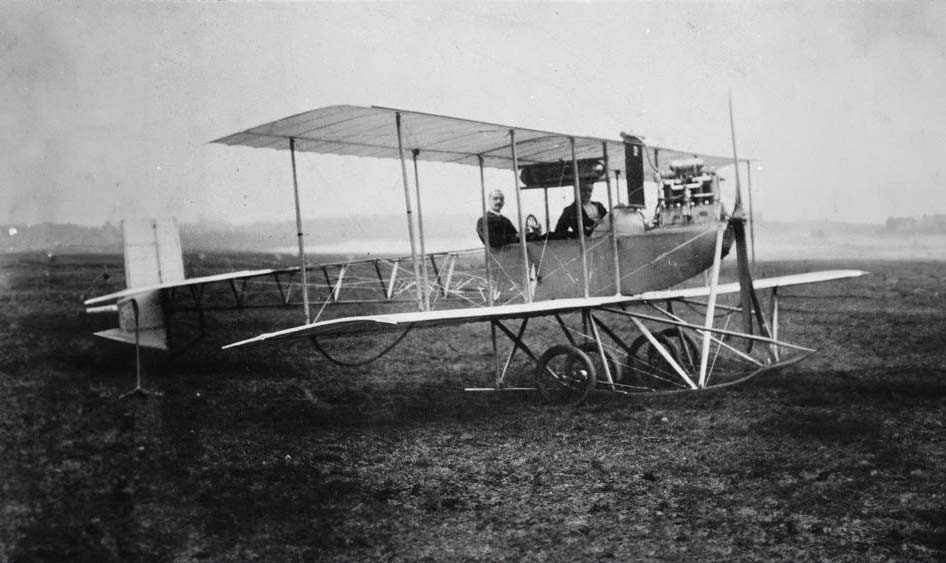A comprehensive look at the 1911 Avro Type D aircraft, exploring its historical significance, design, performance, and military use during its operational era.
The Avro Type D of 1911 marks an iconic chapter in aviation history. With its innovative design and commendable performance, the aircraft not only showcased British aviation prowess but also saw various adaptations for military use. This article delves into its development, technical details, and operational relevance.
The dawn of the 20th century witnessed pioneering advancements in the realm of aviation. Among the many innovations that graced the skies, the Avro Type D stands out as a symbol of British aviation ingenuity and an artifact of its epoch.
History of the development of the Avro Type D
The early 1900s marked a period of intense innovation in the aviation sector, with nations globally keen to dominate the skies. Against this backdrop, the Avro Type D was conceived.
The need for the Avro Type D arose primarily as aviation moved from being a mere novelty to having practical applications, both in civil and military sectors. Recognizing the potential and challenges of the era, Alliott Verdon Roe, the founder of Avro, sought to craft an aircraft that encapsulated both functionality and advanced design.
The program was launched in early 1911, with a clear objective: to develop a versatile, reliable, and efficient aircraft. The Avro Type D first took to the skies on 1 April 1911. However, unlike many aircraft from the Cold War period onwards, the Avro Type D didn’t possess a NATO reporting name or nickname as the NATO naming convention was a much later development.
Design of the Avro Type D
At its core, the Avro Type D was a biplane, featuring an open-framework fuselage. This design choice, though seemingly rudimentary, was quite avant-garde for the epoch. It had a wingspan of about 28 feet (approximately 8.5 meters) and a length of about 23 feet (around 7 meters).
One of the key advantages of the Avro Type D’s design was its simplicity and robustness. This straightforwardness allowed for easier maintenance and quick repairs. However, the open-framework design had its drawbacks – primarily, it offered minimal protection against inclement weather.
Yet, the Avro Type D brought to the table a significant step forward in aircraft design, serving as a testament to Avro’s commitment to innovation and excellence.

Performance of the Avro Type D
The heart of the Avro Type D’s performance was its engine. Powered by a 35 hp (26 kW) Green engine, the aircraft had a modest yet effective powerplant. This allowed it to achieve a top speed of approximately 45 mph (around 72 km/h) and a service ceiling of about 4,000 feet (approximately 1,220 meters).
Compared to its contemporaries, the Avro Type D was quite competent. Its engine, though not the most powerful, was reliable. This made it a favored choice for many pilots of the era. However, as with all innovations, competition was fierce, and while the Avro Type D was a commendable aircraft, it had to contend with various other designs emerging globally.
Military use and combat of the Avro Type D
Though initially not designed as a military aircraft, the versatility of the Avro Type D meant that it saw adaptations for combat roles. The armament on the Avro Type D was rudimentary, consisting mainly of small arms and basic ordnance.
While there isn’t a detailed record of the Avro Type D’s active participation in major conflicts, its design principles and performance metrics certainly influenced military aviation thinking of the time.
The Avro Type D’s primary competitors came from burgeoning aviation industries in France, Germany, and the United States. There isn’t documented evidence of the Type D being sold to other nations for military purposes. The aircraft eventually saw its operational relevance wane with the advent of more advanced designs. By the time World War I commenced, aircraft with superior capabilities had started to emerge, signaling the end of the Type D’s prominence.
The Avro Type D serves as a brilliant snapshot of early 20th-century aviation. A testament to British engineering and vision, this aircraft, while not the most advanced, encapsulates the spirit of innovation and determination that characterized the era. Looking back, it’s clear that the Avro Type D played a foundational role in the tapestry of aviation history.
Back to the experimental aircraft section.